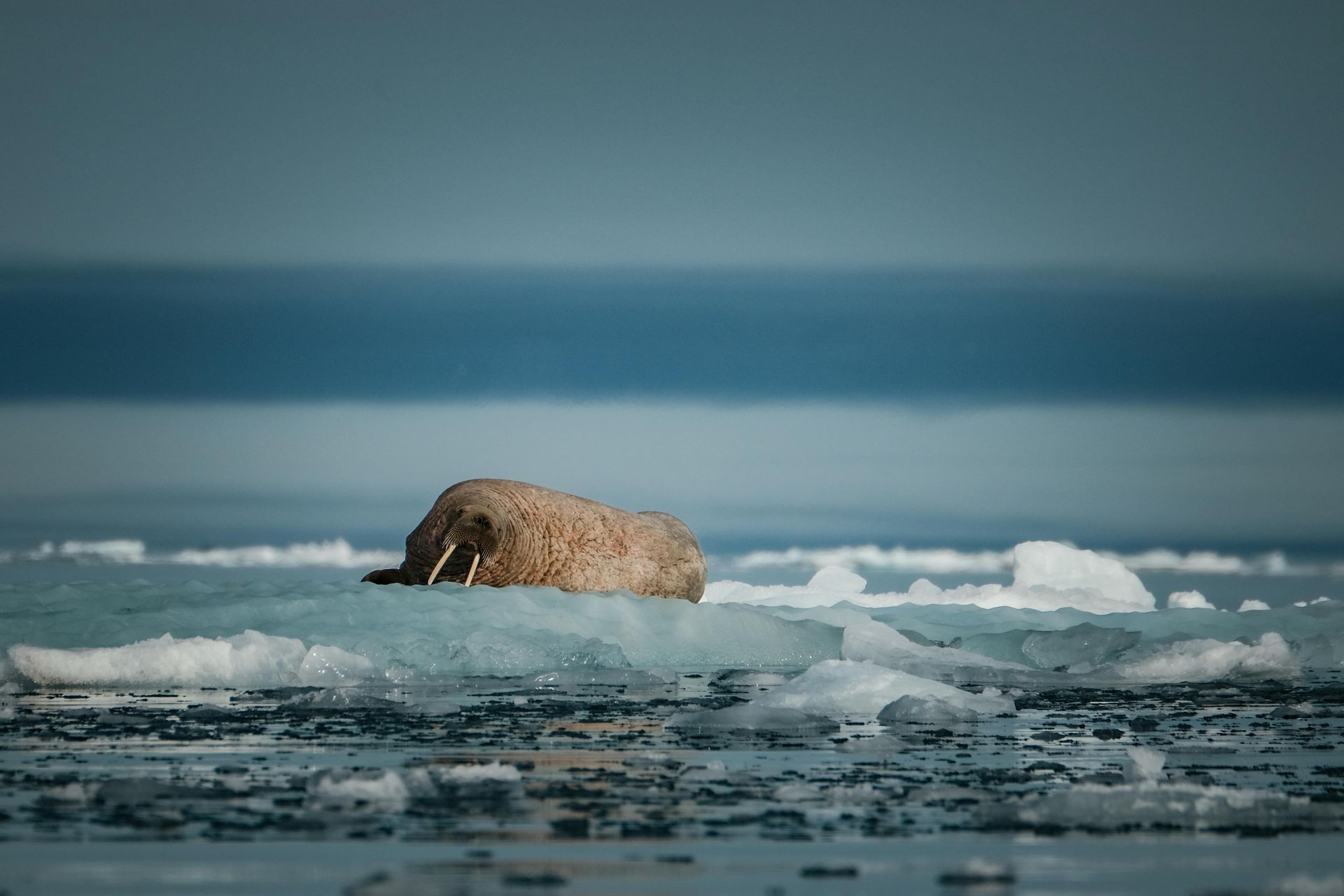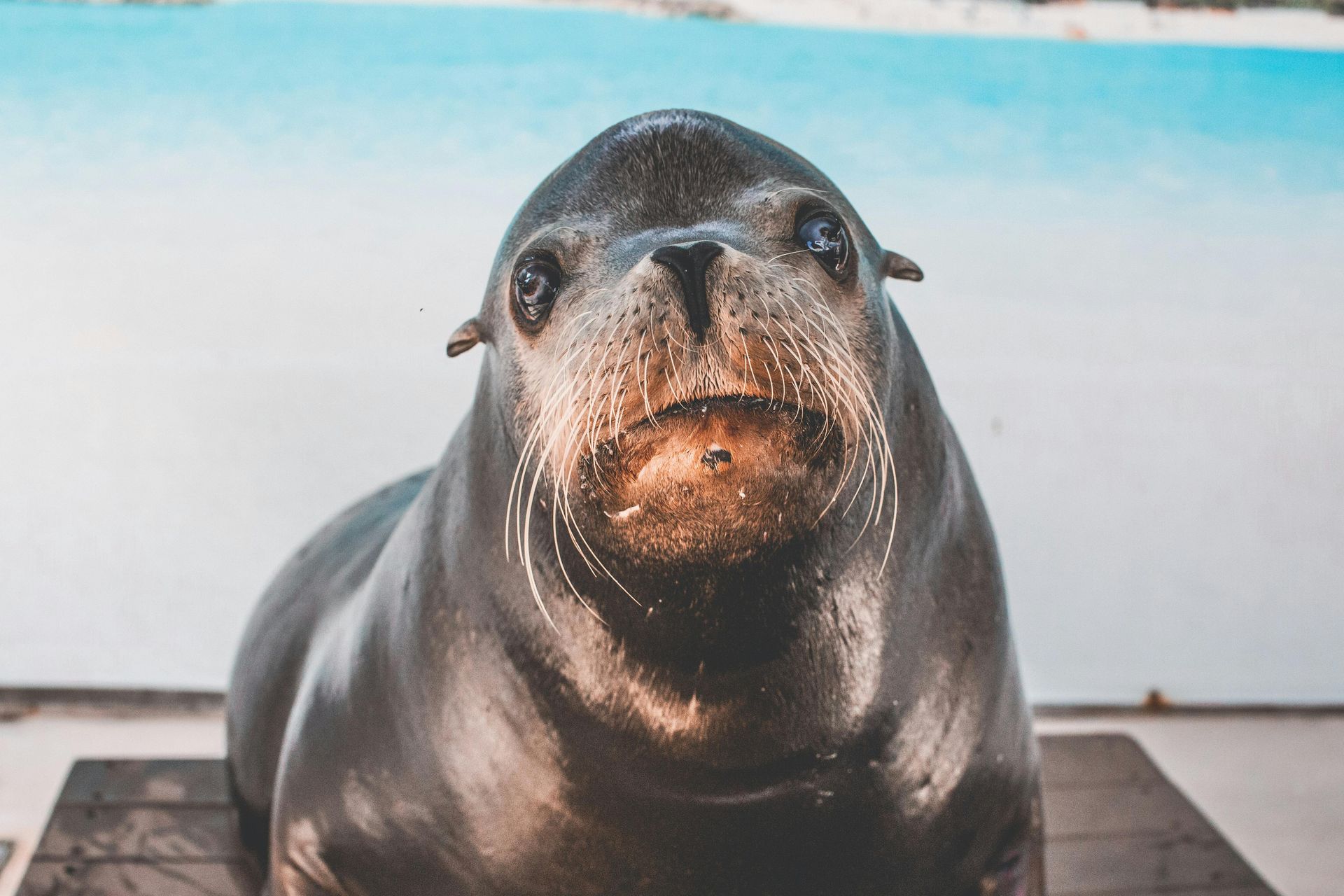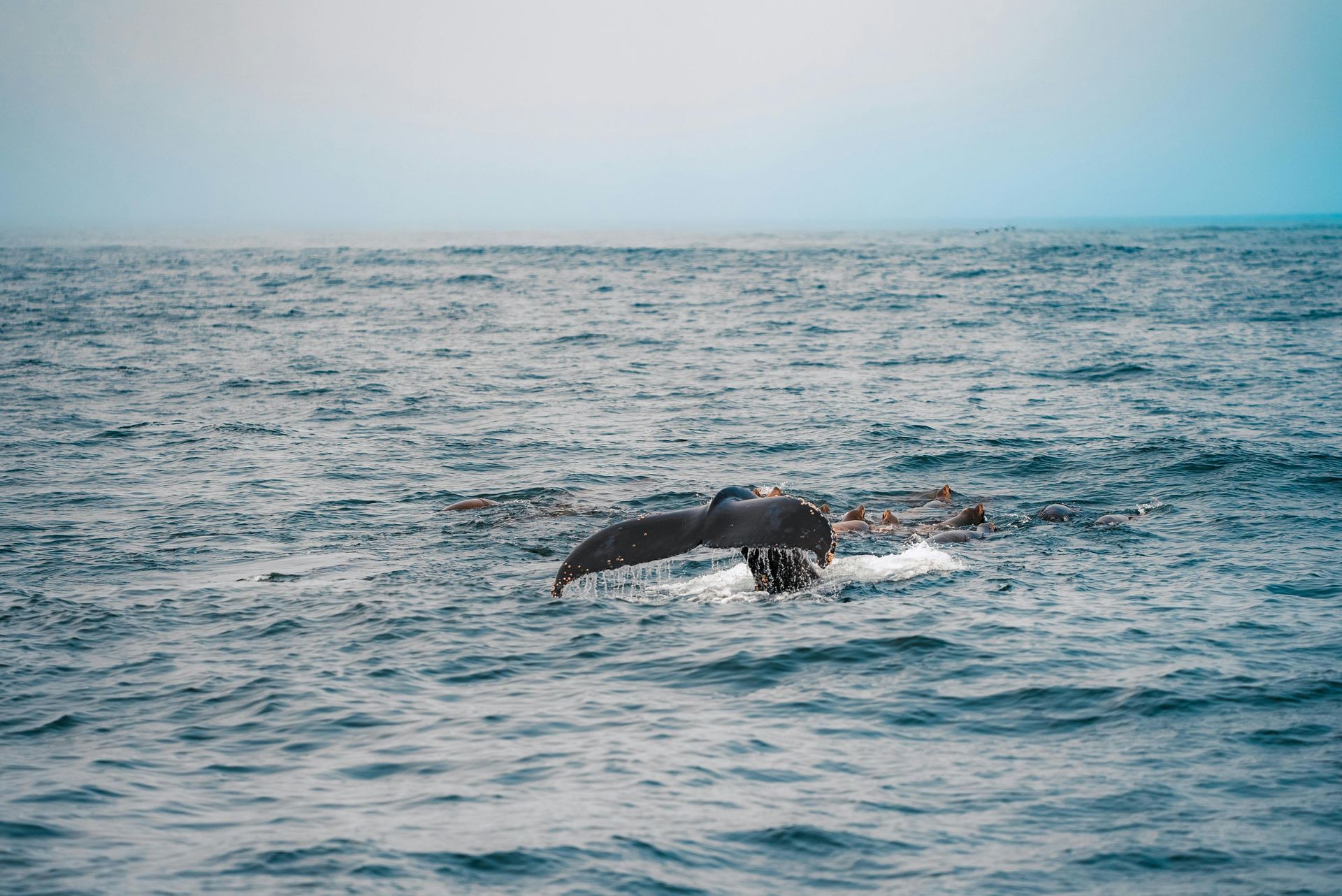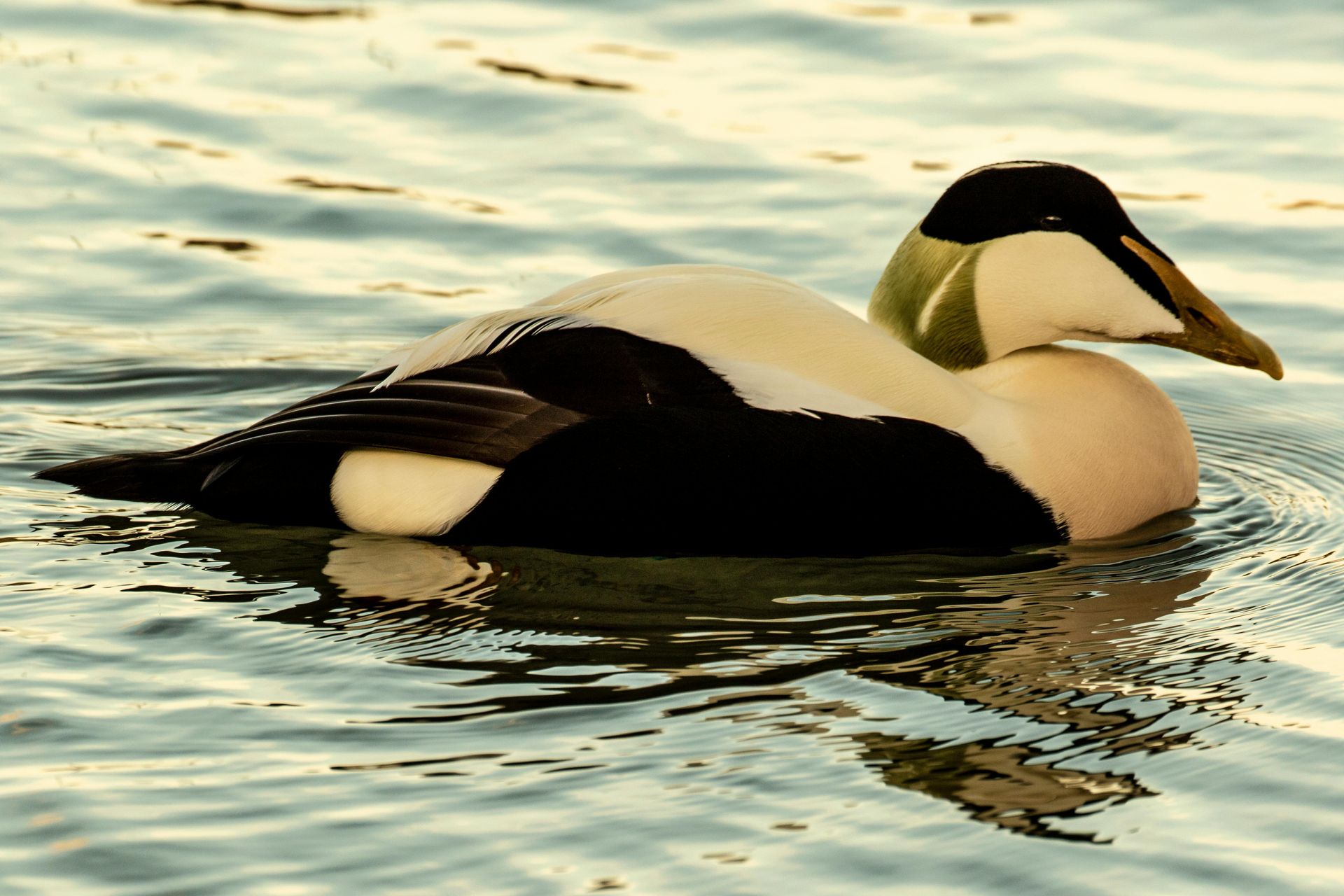How Cold is Cold? Understanding Svalbard’s Temperatures and How to Dress for Them
How Cold is Cold? Understanding Svalbard’s Temperatures and How to Dress for Them

The Arctic cold in Svalbard is not just about numbers on a thermometer—it’s about how that cold feels and how to live in it. Temperatures in Longyearbyen can dip below -20°C in winter and hover just above freezing in summer. Wind chill can make conditions feel even colder. Dry air means it’s not always the biting kind of cold you might expect, but the exposure is constant, and unprepared visitors feel it quickly. From the coastal winds to open tundra expanses, what you wear directly shapes your comfort and safety.
The best way to approach Svalbard’s climate is with a layering system. Start with a moisture-wicking thermal base layer. Add an insulating mid-layer, like wool or fleece. Then finish with a high-quality windproof and waterproof outer layer. Accessories matter as much as clothing—mittens (warmer than gloves), insulated boots rated for Arctic use, a balaclava or face mask, and goggles are often essential. Cotton is useless here; it absorbs moisture and cools the body dangerously fast.
Each season presents different dressing challenges. February and March are colder but drier, perfect for northern lights chasing—if you’re wrapped up correctly. April and May bring more sun and slightly milder temperatures, but the snow remains deep. Summer (June to August) might tempt lighter clothing, but don’t be fooled: evenings can be near freezing, especially at sea. Always be ready for sudden changes in weather, even during hikes or boat trips.
Local outfitters rent Arctic clothing for visitors without gear. If you're joining snowmobile safaris or dog sledding tours, operators usually provide insulated suits and boots. Still, packing your own base and mid-layers is essential. Even brief exposure when getting dressed outside or stepping off a snowmobile can feel like a shock to the system.
Dressing right in Svalbard isn’t just about comfort—it’s about risk management. Frostbite can occur in under 10 minutes in strong wind if skin is exposed. Sunglasses or goggles help protect against snow blindness, which happens quickly under the intense light of the polar sun. For photographers or wildlife watchers, proper attire means staying outside longer and catching the moment you came for.
Even indoors, Svalbard’s architecture reminds you of the cold. Hotels and homes are well insulated but heated in a way that assumes visitors will dress warmly inside too. Layers are still useful when moving between buildings, and sturdy indoor footwear is appreciated in places where outdoor boots are left at the entrance.
First-time visitors often underestimate just how relentless the cold can be. It’s not dramatic or cinematic—it’s simply part of everything. And yet, with the right clothing, this cold becomes manageable, even empowering. You stop thinking about survival and start focusing on the surreal beauty around you: the crunch of snow underfoot, the shimmer of polar twilight, the quiet presence of a reindeer in the distance.
Learning to dress properly for Svalbard doesn’t just enhance your trip—it allows you to experience the Arctic fully, without distraction, discomfort, or danger. The cold becomes a companion, not a threat.












